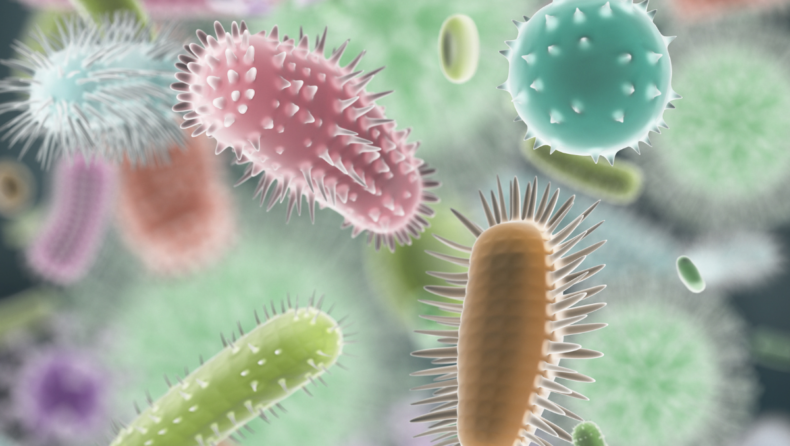Researchers from La Jolla Institute of Immunology, California, have revealed the first-ever glimpse at a critical stage in the life cycles of measles and Nipah virus.
The first-ever examination of a crucial stage in the life cycles of the measles and Nipah viruses has been described by Dr. Norris, a former post-doctoral associate at La Jolla, and a worldwide team of partners.
Paramyxoviruses can start a pandemic that will have catastrophic effects. Viruses belonging to this family include measles, mumps, Newcastle disease, and canine distemper. Nipah virus is also a member of this family.
No other virus comes close to matching the infectious potential of measles. Nipah virus is not as contagious but is highly deadly, with between 40% and 90% of illnesses resulting in death.
If one person with measles coughs in a room with 100 uninfected people, about 90% will become infected.
Briefing the Research of Nipah Virus
This research clarifies a persistent conundrum regarding how viruses construct themselves. The cell membrane is where a virus’s various components come together, but the cause of this irreversible assembly process is unknown.
This study successfully reveals how paramyxoviruses can employ a host cell lipid for viral dissemination. This work will inform future efforts to find new drugs.
Dr. Norris and his coworkers studied how the measles virus and Nipah virus are made. They found that two proteins come together to form the outer shell of the viral particle, like two people holding hands to form a ring.
The Viral Assembly
The researchers found that blocking the dimerization of these two proteins stopped the assembly of viruses. They didn’t discover anything new about the virus, but finding out how these two proteins work together to make viruses was essential.
These are the endpoints of the experiment. In this case, the authors have found out how a protein interacts within a cell and how it will affect the whole cell.
Using previous research done by the Stahelin Lab at Purdue University, the team found that the matrix proteins that make up the support structure in cells (that is, the bits that hold everything together) specifically bind to a lipid molecule in the cell membrane called PI(4,5)P2.
The scientists discovered that the proteins in the virus that help it attach to cells change their structure to fit a chemical called PI(4,5)P2.

Developing a comprehensive treatment for the Measles and Nipah Virus
Measles continues to be a significant cause of death worldwide. Nipah virus outbreaks occur yearly in Bangladesh and India. We require efficient treatments to halt epidemics since these viruses aren’t going anywhere soon.
The new study shows the potential for a virus that would kill viruses instead of targeting the human body like traditional vaccines. The measles and Nipah viruses (two different types of viruses) have very other genomes, but the proteins that make up their outer coat (the matrix proteins) look almost identical.
Because all the viruses in this family have a similar pattern of proteins (called matrix protein structures), we can potentially make a drug that could treat all of these viruses.
Conclusion
In the future, the researchers are planning to look more closely at how the matrix that holds the virus together and how viral proteins (the proteins that the virus makes itself when it replicates) interact with each other as they are being made.
Dr. Norris further adds,
“We’re looking at leveraging this work to design broad-spectrum inhibitors of viral assembly”













